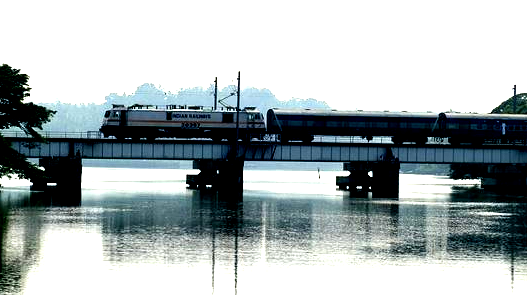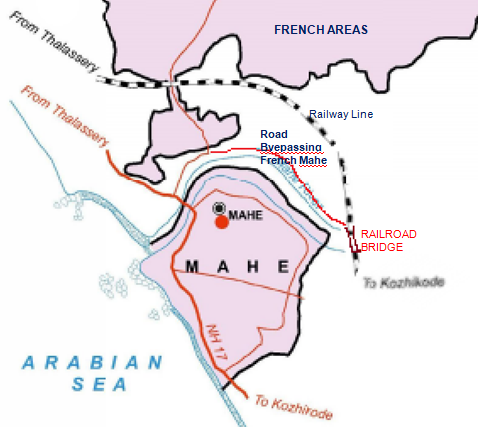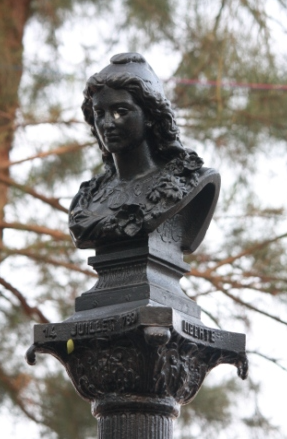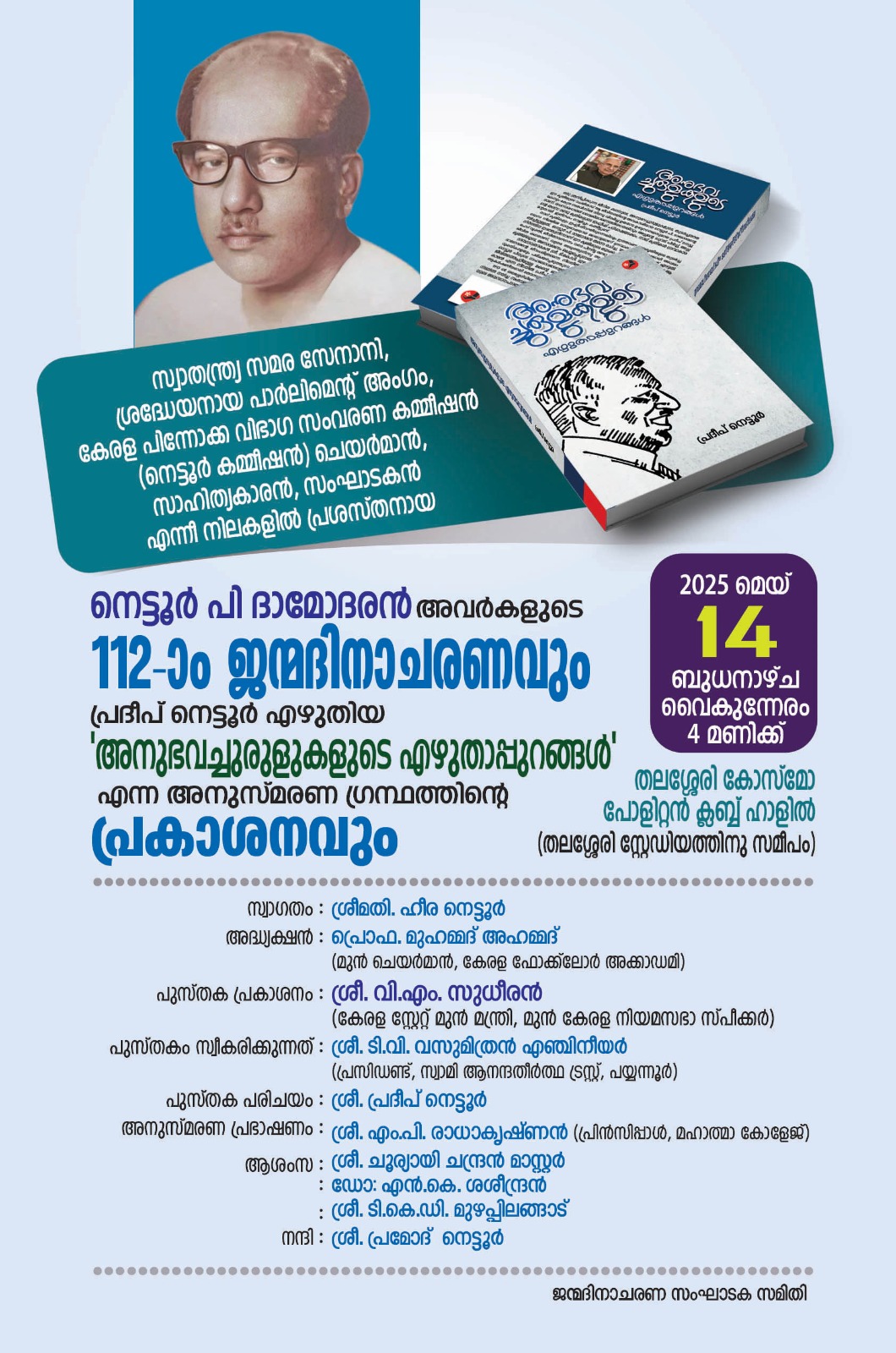The French conclave of Mahe, having only an area of approximately 3 Square miles and located only about 5 miles away from Thalassery, was established in 1720 when Captain Mahé de la Bourdonnais purchased a tract of land there. Even after the independence of India from British, Mahe continued to be ruled by the French.
Ever since the dawn of 20th century, influence of the independence movement in India was felt in Mahe and other French ruled areas, and strong sentiment against the colonialist rule was predominant among the public. Many organisations such as Mahajana Sabha, Parti du Congrès de l’Inde Française, Mahé Socialist Party, etc. nurtured the libération movement.
Nettur P was close to many of the Nationalist leaders of Mahe, who were spearheading the resistance to French governance. Under the leadership of legendary leader I. K. Kumaran, who was later known as the liberator of Mahe, the nationalists put up strong resistance to French Rule.
The high point of the Mahe liberation struggle was the Mahe Revolt of 1948, also known as the October Revolt. This was the first uprising in French India after India’s independence, and it highlighted the strong anti-French sentiments in Mahé. On 21st October, French offices were attacked. Police Station was captured by 9 p.m., and the Administrator’s office by 10 p.m. French flag was lowered on 22nd morning and the Indian flag raised.
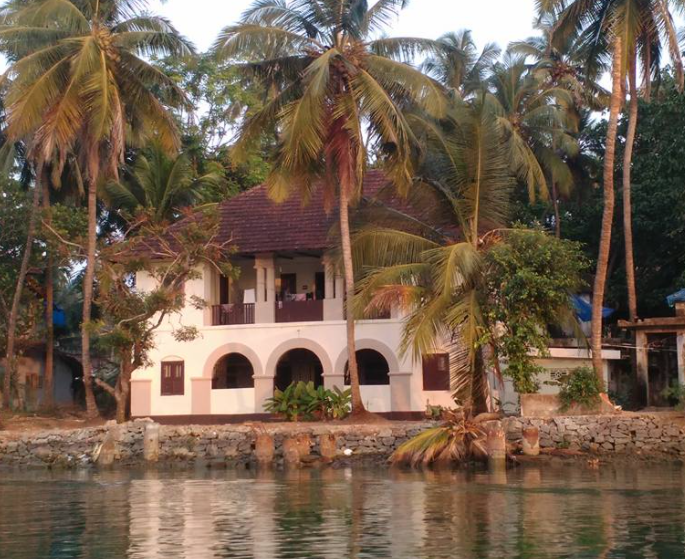
French Architectural influence...
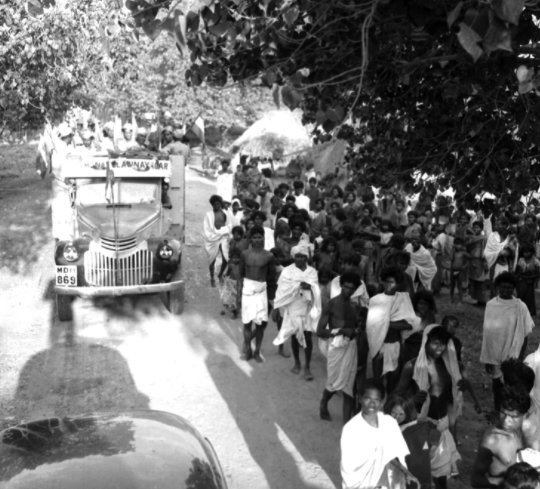
A Pro-Liberation Demonstration During the Forties
However, a French warship reached Mahe within four days, and the freedom fighters were forced to flee from French territory in fear of reprisals, and the revolt was thus crushed. French flag was again raised.
Further violent agitations and revolts against the French was discouraged by the national leaders at Delhi, and at the same time French authorities were endeavouring to frustrate all efforts for making them leave. Sporadic agitations continued, however, after the initial setback, the nationalists weaved clever and meticulous plans for smoking out the French from Mahe, in consultation with and close association of NetturP, who was the MP from the adjacent town Thalassery. NetturP provided all support and took required measures to suit the plans of the liberators. These were with the knowledge and support of the Prime Minister Jawaharlal Nehru and the ministries concerned. One of the plans was to isolate Mahe by fully throttling the traffic through Mahe from Thalassery to Kozhikode. At that time, all traffic from and to these places and beyond had to pass through French territory, and it was hence not possible to stop entry of goods to Mahe.
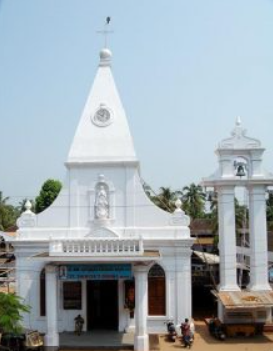
The Shrine of St.Therese D'Avila Mahe (1737)
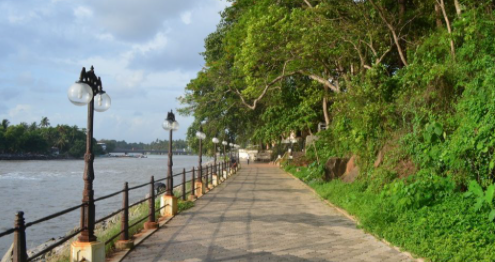
The Riverside walk, Mahe
